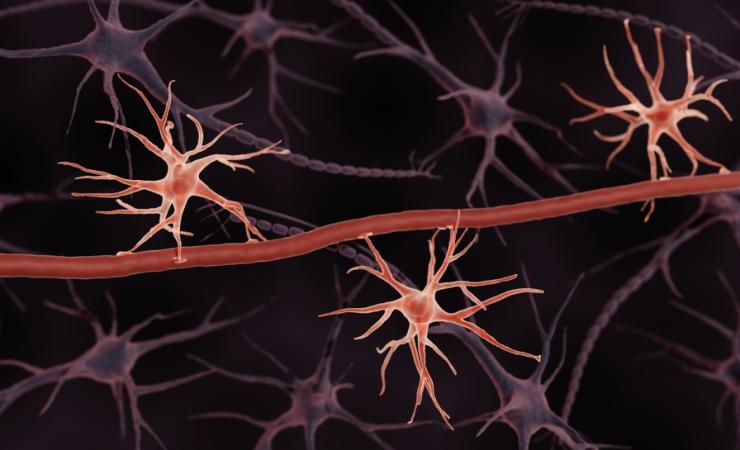More than 140 potential drugs for treating Alzheimer’s disease are currently in the drug development pipeline. But there is one biological roadblock that could prevent these potential treatments for Alzheimer’s from working as well as they should – the blood-brain barrier.
The blood-brain barrier is formed by specialised cells that protect brain tissue from toxins and other potential contaminants that could pass to the brain via the bloodstream. Normally, that’s a good thing. But promising drugs for Alzheimer’s are also getting blocked by the blood-brain barrier, limiting their chances of success.
“For many brain disorders, the hope is that it they will be treated with biological therapies in the future,” says Zameel Cader, coordinator for the IMI IM2PACT project. “If you look at Alzheimer’s disease, antibody therapies are starting to show promising results. However, one reason we may not be seeing as large an effect as we might have hoped is that they are not getting into the brain efficiently.”
One way that Alzheimer’s treatments could enter the brain is to hitch a ride with transporter proteins – a family of proteins that can open small tunnels through the blood-brain barrier. However, our understanding of this process is still not sophisticated enough to develop innovative methods to bypass the barrier.
An important tool to better understand brain biology is RNA sequencing – a method that allows researchers to look at gene expression patterns in various tissues. For these types of studies, researchers use single-cell RNA sequencing, which reveals gene expression changes in individual cells, as opposed to regular RNA sequencing whose resolution is too low to see those changes. In theory, this method should work well, but in practice, the vascular cells that line the blood-brain barrier were absent in the samples that researchers managed to extract.
“The vascular cells were conspicuous in their absence. They just weren’t there,” says Cader. “In the process of extracting single cells or nuclei, the vascular cells were getting lost.”
The brain endothelial cells play a vital role in the functioning of the blood-brain barrier. They act as sentinels, regulating the flow of substances into and out of the brain, and they are essential to understand how to cross the blood-brain barrier. Some research groups did manage to eventually extract both the endothelial cells and the other cells simultaneously, but the number of cells was still low.
The IM2PACT project has developed a new method that allows endothelial and all the other brain cells to be extracted simultaneously at high yields. This new development now provides a more complete understanding of the blood-brain-barrier, which in turn has the potential to improve the performance of Alzheimer’s drugs that are currently in trials.
Because the blood-brain barrier is also impaired in Alzheimer’s disease patients, the IM2PACT project used their method to put together an open-access dataset of single-cell RNA nuclei sequences of ten patients with Alzheimer’s disease and ten people with healthy brains. This was important for comparisons – for instance, if a particular drug can cross the blood-brain barrier in a healthy brain but not in the brain of a person with Alzheimer’s, then it won’t be so effective.
In a paper recently published in Nature Communications, this data was used for the first time, showing that the endothelial cells are enriched in those genes associated with a genetic risk for Alzheimer’s disease. This suggests that there may be a causal link between endothelial cells and Alzheimer’s disease and indicates that reducing vascular inflammatory activation and restoring effective blood vessel growth could reduce the dysfunction in the endothelial cells that leads to Alzheimer’s disease.
“This important study, which is a collaboration between IM2PACT and the Dementia Research Institute at Imperial College, London, highlights the blood-brain-barrier as a good target for novel treatments in Alzheimer’s disease,” says Cader.
Cader believes that IM2PACT’s novel methods to obtain a whole picture of the brain’s gene expression patterns, including the brain vascular cells, will catalyze many more of these types of discoveries and boost much-needed research to help get therapies into the brain.
IM2PACT is supported by the Innovative Medicines Initiative, a partnership between the European Union and the European pharmaceutical industry.
